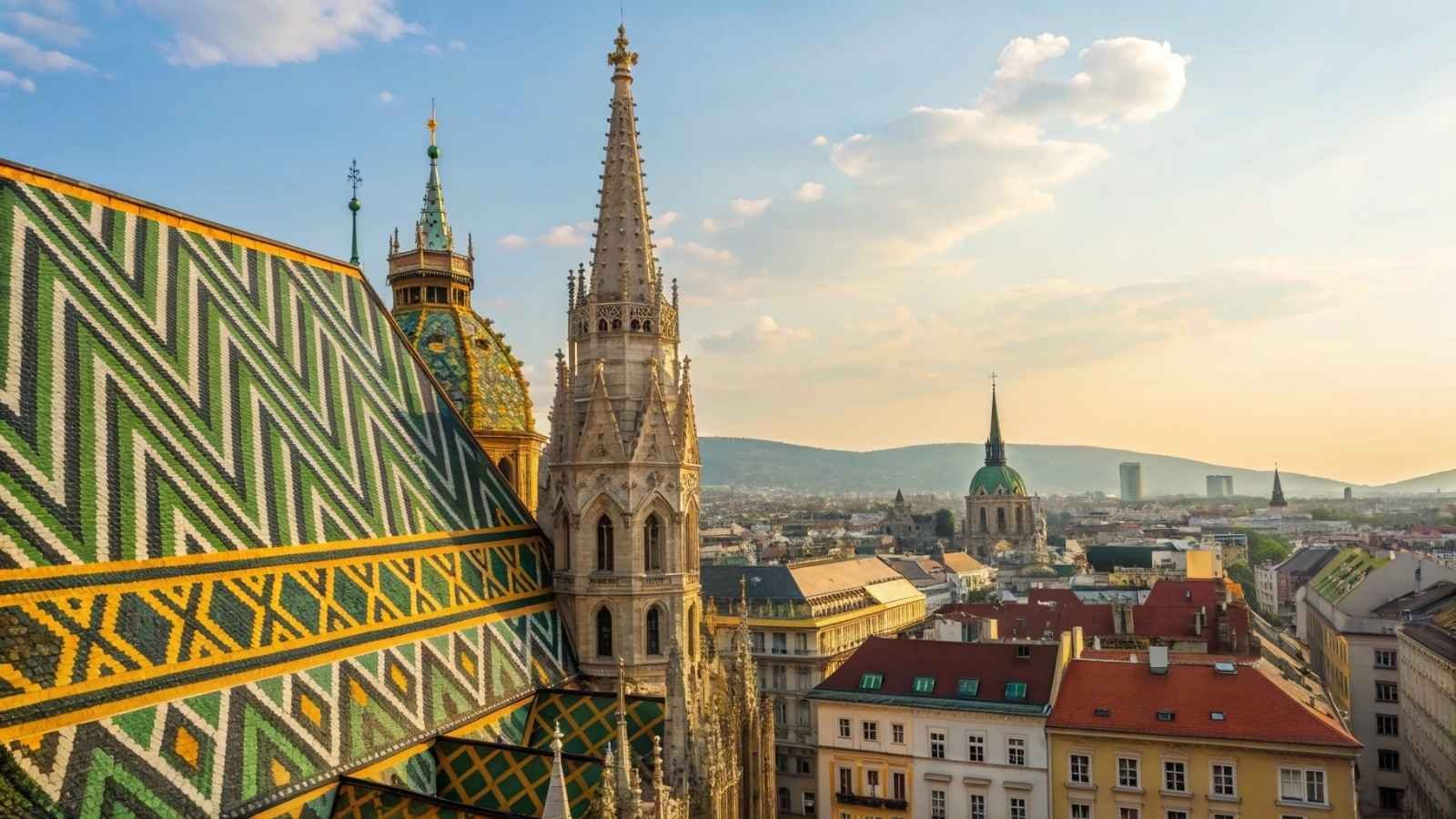
Unlikely as it sounds, some of the most rewarding trips happen when you skip the hype. Crowds, long lines, and inflated menus can make even the most famous destinations feel like a chore.
But there’s another side to travel—the places that feel authentic, where meals are soulful, streets are open, and every corner surprises you without the crush of tourists.
These are the cities that quietly outshine the usual favorites, offering richer flavors, calmer walks, and a kind of charm you don’t have to fight to enjoy. Ready to swap the overrated for something unforgettable? Here’s where to start.
1. Vienna, Austria
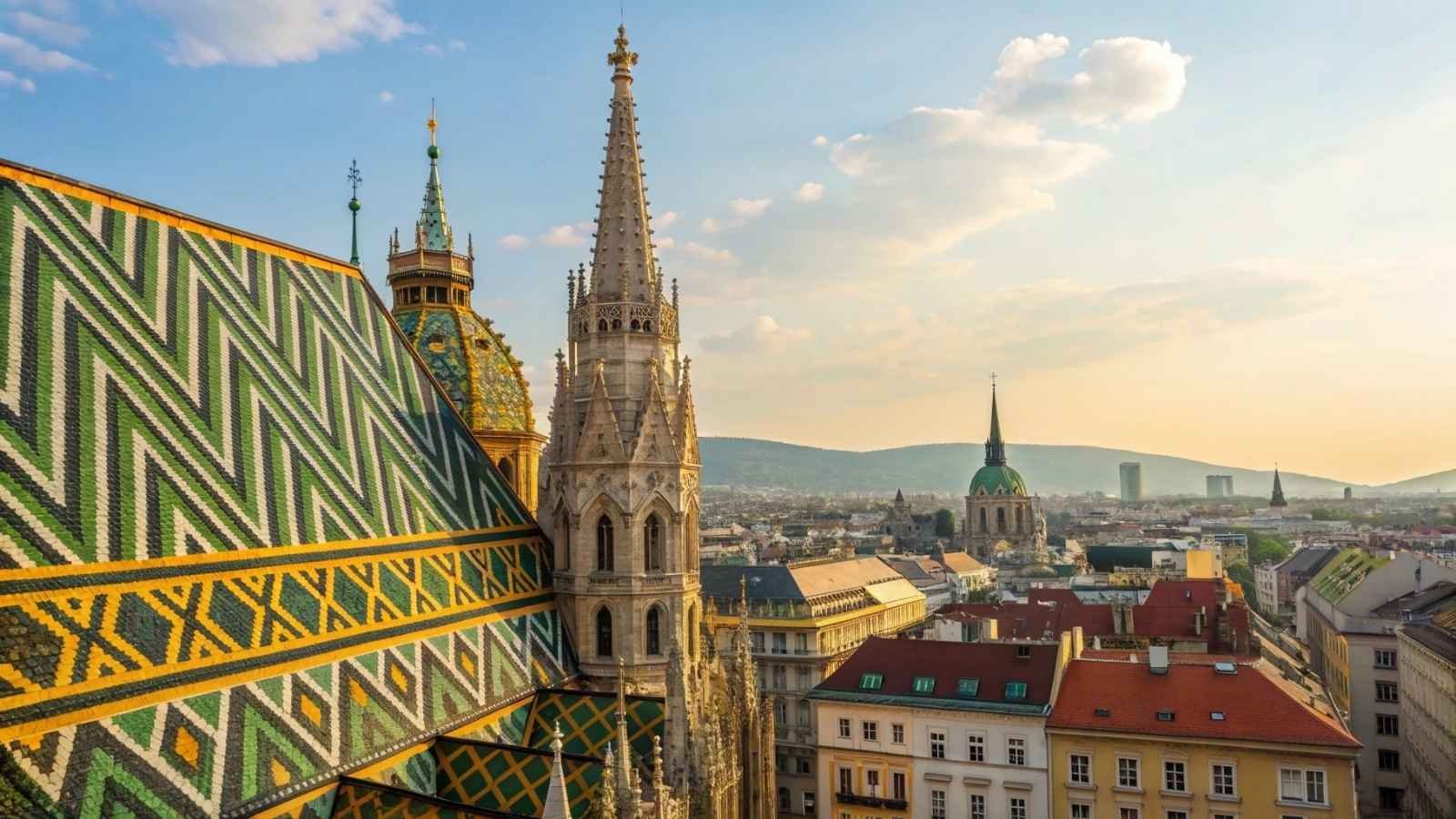
Vienna is the kind of city that knows how to impress without trying too hard. While Paris gets most of the spotlight, Vienna offers an equally rich cultural scene with world-class art, music, and architecture—minus the shoulder-to-shoulder crowds. You’ll walk through grand streets lined with Baroque palaces and Art Nouveau cafes, then turn a corner and find a cozy coffeehouse that feels like a well-kept secret. The city moves at a pace that lets you soak up the details: the smell of fresh pastries, the quiet elegance of the opera houses, and the sparkling Danube cutting through it all.
The food here is a pleasant surprise for anyone who’s been let down by overpriced meals in other tourist cities. From buttery schnitzels to decadent Sachertorte, Vienna’s dining scene balances comfort and sophistication beautifully. Even better, the café culture is practically an institution. Locals linger over espresso and newspapers, and travelers quickly learn to slow down and join them. The best part? You never feel rushed.
The cultural wealth is staggering: classical music lovers can catch a concert at the Musikverein, history buffs can lose themselves in the Hofburg Palace, and those who just want a good walk can stroll through sprawling gardens like Schönbrunn. Vienna rewards curiosity and has a knack for making visitors feel like insiders.
Quick Details:
- Best months to visit: April to June, September to October (pleasant weather, fewer tourists)
- Known for: Coffeehouses, opera, imperial palaces, vibrant Christmas markets
- Must-try foods: Wiener Schnitzel, Sachertorte, apple strudel
- Insider tip: Buy a day pass for public transport—it’s clean, fast, and saves time
2. Budapest, Hungary
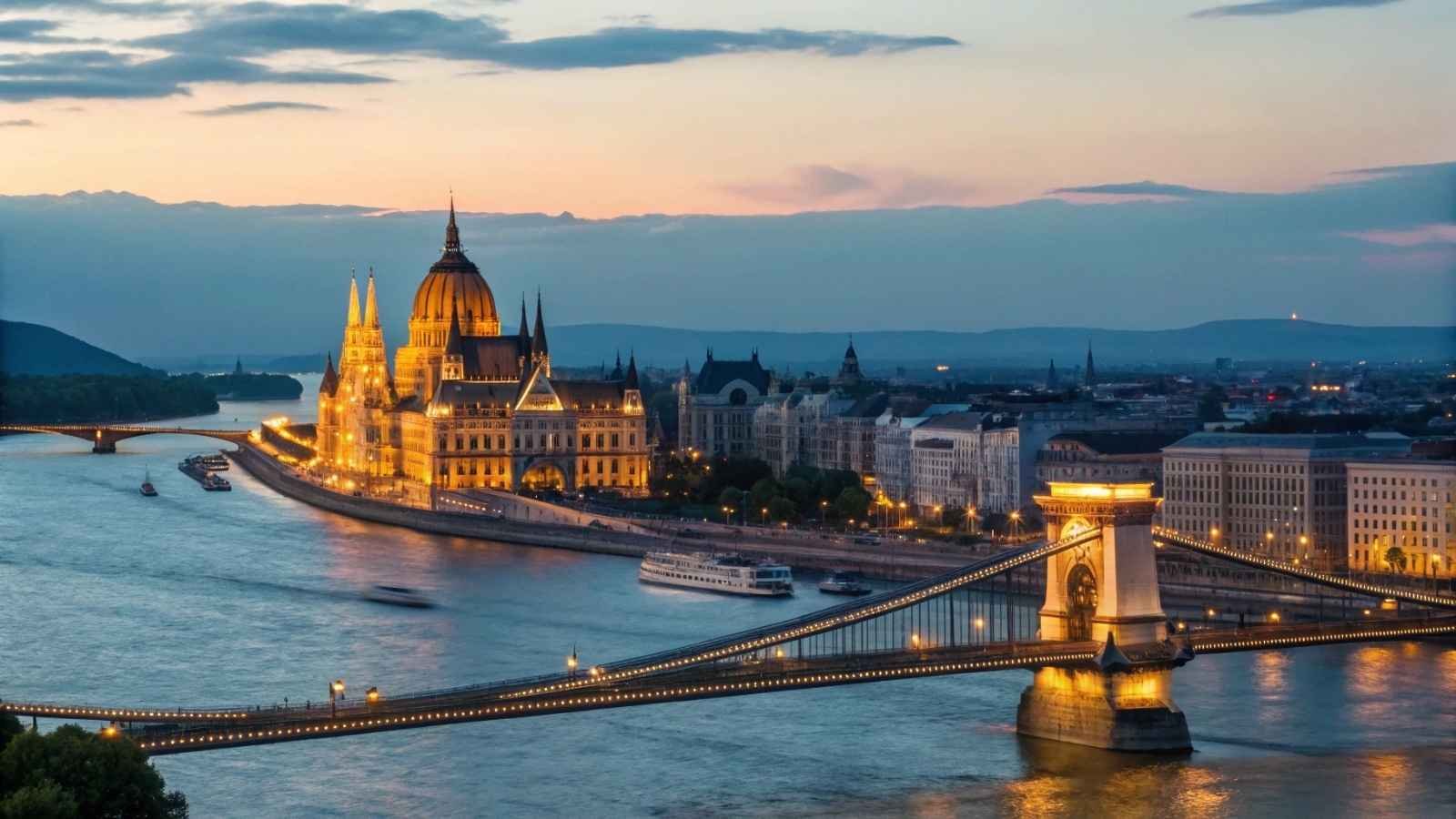
Budapest is where old-world charm meets a slightly rebellious streak. It’s grand without being stuffy, and its energy feels fresh and accessible. The city is split by the Danube, with Buda’s hills and historic castles on one side and Pest’s vibrant nightlife and art scene on the other. That contrast keeps things interesting. One moment you’re sipping wine overlooking a medieval fortress, the next you’re sliding into a thermal bath that locals swear cures everything from stress to sore feet.
Food here is hearty and bold, and frankly, it’s hard to have a bad meal. The paprika-heavy stews, chimney cakes, and ruin bars add a flavor and personality that sticks with you. Unlike some European capitals, you don’t need deep pockets to enjoy Budapest. A full day of sightseeing and dining can still feel affordable, which makes the experience even more satisfying.
The best part? The city feels alive at night. The illuminated Parliament building, evening cruises on the Danube, and tucked-away courtyards filled with music give it a cinematic feel. It’s sophisticated yet playful, making it perfect for travelers who want both depth and fun.
Quick Details:
- Best months to visit: May to June, September to October (comfortable weather, fewer crowds)
- Known for: Thermal baths, Parliament building, ruin bars, Danube river cruises
- Must-try foods: Goulash, lángos, chimney cake (kürtőskalács)
- Insider tip: Get a thermal bath pass early in the day—afternoons get crowded
3. Ljubljana, Slovenia
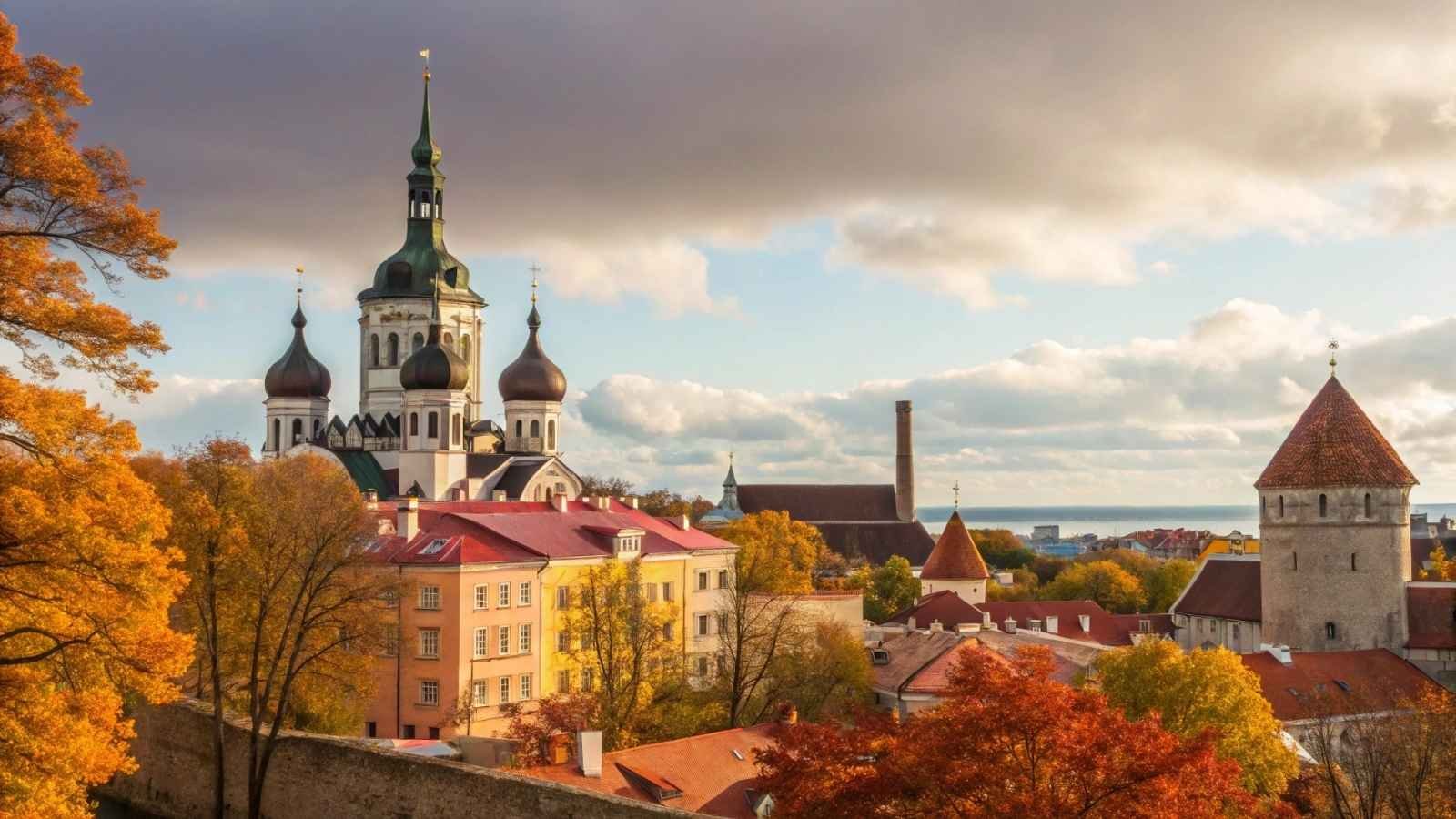
Ljubljana might just be Europe’s most underrated gem. It’s small but filled with character, a blend of colorful riverfronts, art nouveau buildings, and castle views that feel effortlessly welcoming. The city’s pedestrian-friendly center makes wandering a joy, and the laid-back atmosphere is a refreshing break from big-city rush. It’s clean, safe, and filled with friendly locals who are genuinely proud of their home.
The food scene is quietly fantastic. Slovenian cuisine draws on Italian, Austrian, and Balkan influences, so you’ll find everything from delicate pastries to rich stews. The open-air markets and riverside cafes make dining feel like part of the experience. And if you’re a nature lover, this city is your launchpad—Lake Bled and the Julian Alps are just short trips away.
Ljubljana’s charm is in the details. Evenings are best spent walking along the Ljubljanica River, where bridges light up and musicians often play nearby. It feels intimate and unpretentious, like a place that doesn’t need to prove anything to be unforgettable.
Quick Details:
- Best months to visit: May to September (warm weather, lively outdoor dining)
- Known for: Ljubljanica River, Triple Bridge, Ljubljana Castle, green spaces
- Must-try foods: Carniolan sausage, štruklji (rolled dumplings), local wines
- Insider tip: Rent a bike—the city is flat and incredibly cycle-friendly
4. Kraków, Poland
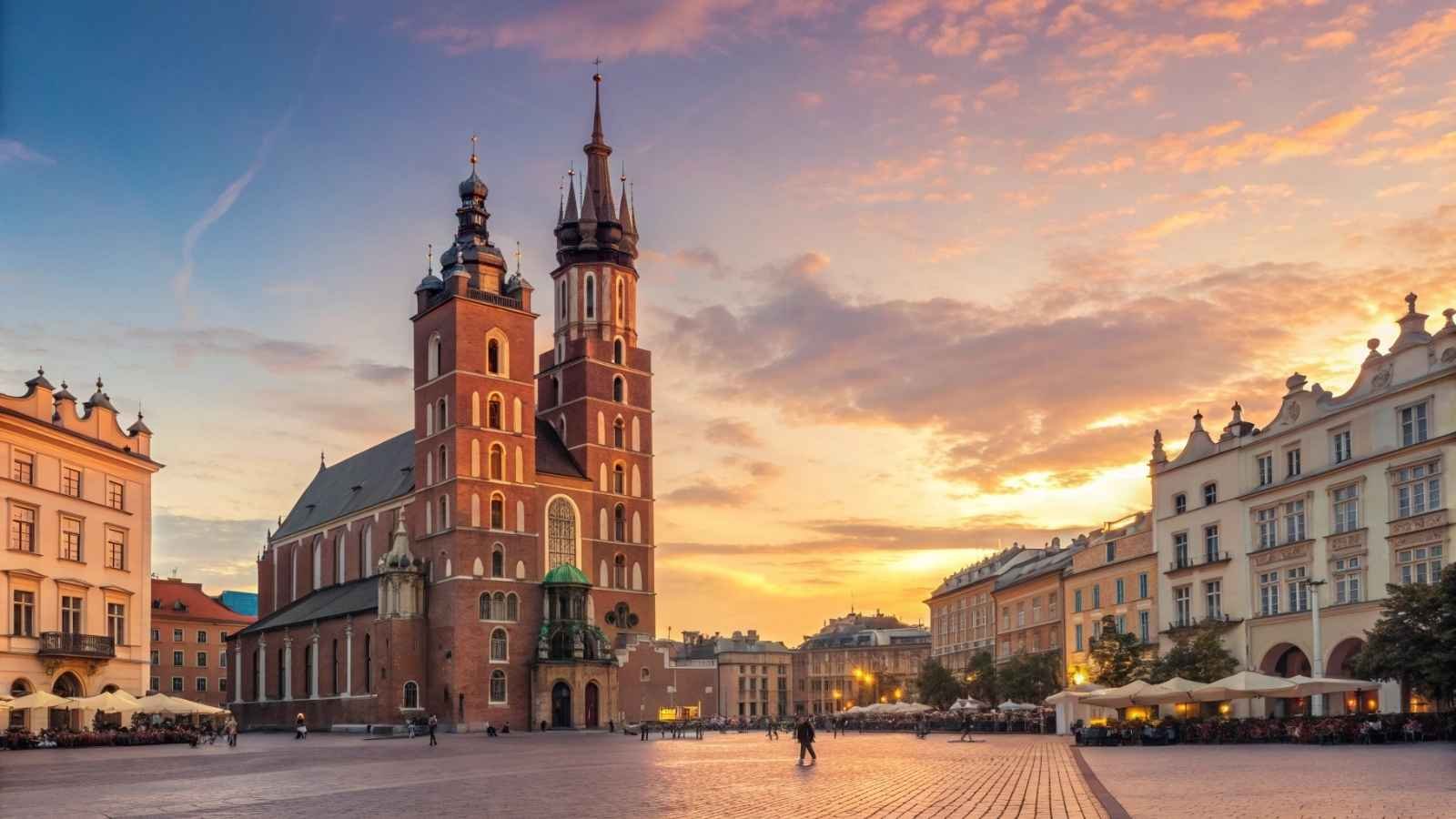
Kraków is the kind of city that grows on you quickly. Its medieval square is one of the largest in Europe, and yet it somehow feels cozy rather than overwhelming. Cobblestone streets, towering churches, and hidden courtyards make every stroll interesting. Beyond the postcard beauty, Kraków has depth. The Jewish Quarter, museums, and underground cellars tell a story that’s rich and layered without feeling over-curated.
Food here is hearty and affordable, with pierogi, hearty soups, and street food stalls keeping travelers happily fueled. There’s a certain warmth to the city’s hospitality—restaurants often feel like family kitchens, and locals seem genuinely proud to share their culture.
What really stands out about Kraków is its versatility. Whether you’re here for history, nightlife, or art, there’s something that will stick with you. Evenings bring a quiet magic as the streets light up, and the pace slows just enough to make every step worth it.
Quick Details:
- Best months to visit: April to June, September to October (cooler weather, fewer tourists)
- Known for: Main Market Square, Wawel Castle, Kazimierz Jewish Quarter
- Must-try foods: Pierogi, zapiekanka (Polish baguette pizza), oscypek (smoked cheese)
- Insider tip: Day trips to Auschwitz or the Wieliczka Salt Mine are highly recommended
5. Bruges, Belgium
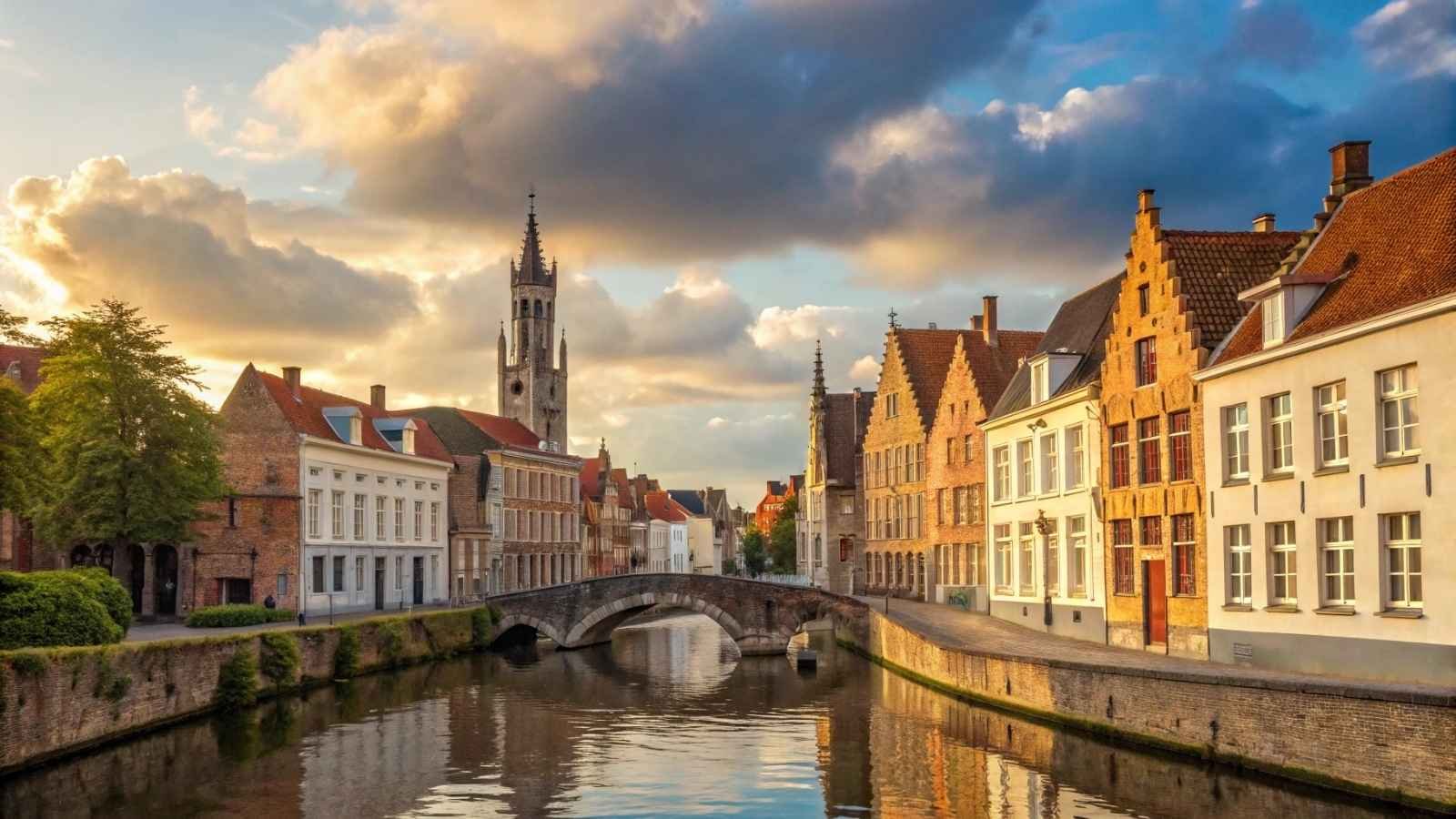
Bruges feels like a city frozen in time, and that’s its greatest strength. Its medieval canals, Gothic architecture, and cobblestone streets are the stuff travel dreams are made of. While Paris can feel hurried, Bruges invites you to slow down, wander, and notice the little things—a lace shop tucked in an alley, a chocolate boutique that smells like heaven, a bell tower that rings across the city.
Food and drink here are a highlight. Belgian chocolate, waffles, and world-renowned beers are everywhere, and somehow they taste better in Bruges. Dining is relaxed, whether it’s a canal-side café or an intimate restaurant hidden behind an old façade. It’s a place where simple pleasures feel elevated.
Evenings in Bruges are quietly magical. When the crowds thin out, the canals reflect the lights, and the air feels softer. It’s a city that rewards wandering and doesn’t mind if you linger.
Quick Details:
- Best months to visit: April to May, September to October (mild weather, fewer tourists)
- Known for: Canals, Belfry of Bruges, Markt Square, lace and chocolate shops
- Must-try foods: Belgian chocolate, frites with mayo, mussels with beer
- Insider tip: Stay overnight—most day-trippers leave by evening, and that’s when Bruges truly shines
6. Tallinn, Estonia
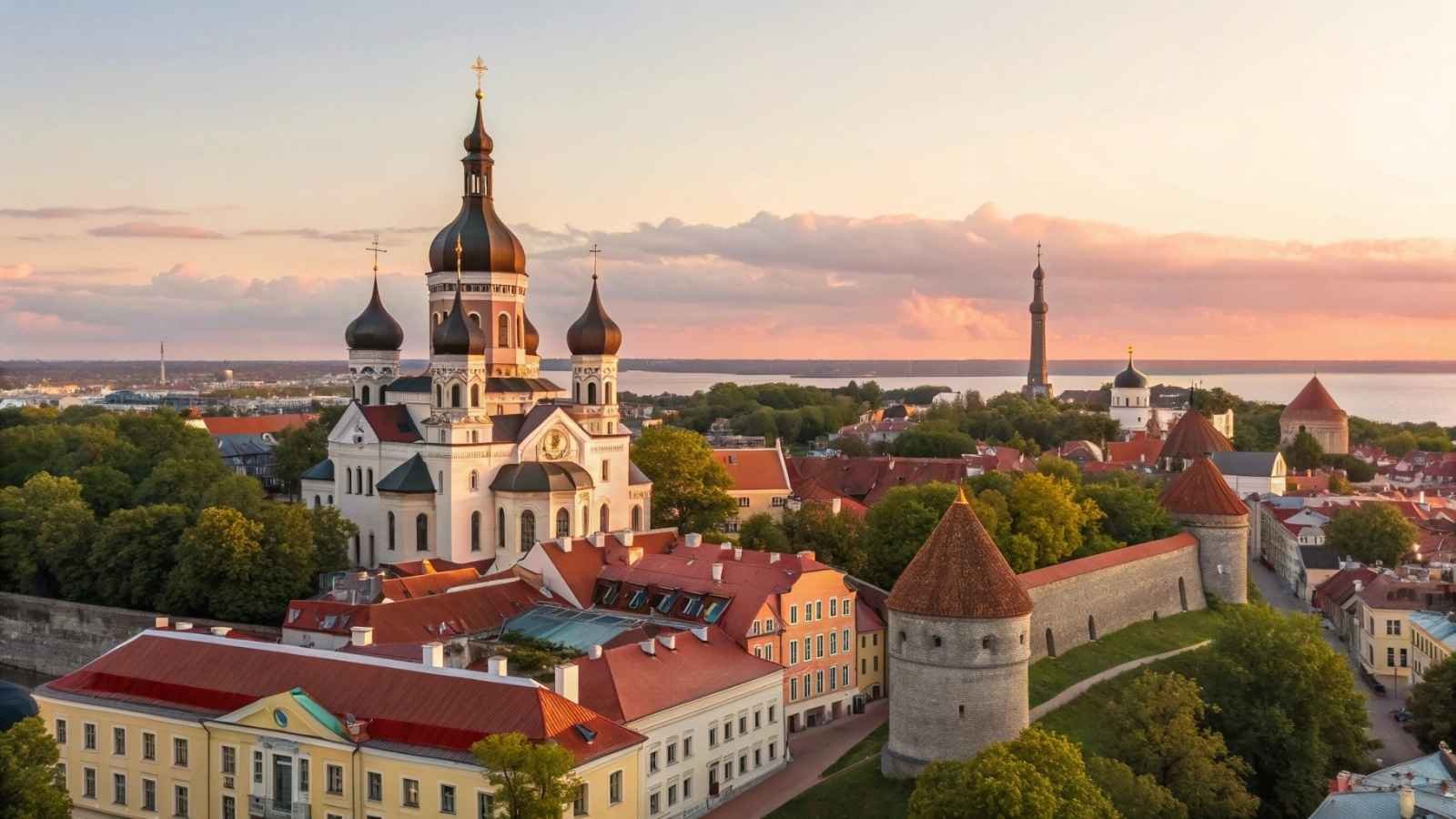
Tallinn feels like the kind of city that quietly wins you over. Its walled Old Town, medieval towers, and cobbled streets make you feel like you’ve stepped into another era, but then you find modern cafes, sleek design shops, and a thriving digital culture just a few blocks away. It’s this mix of old and new that keeps things interesting.
Food here is a pleasant surprise, often rooted in Nordic simplicity with a Baltic twist. Think hearty rye breads, smoked fish, and local craft beers. There’s a sense of authenticity—you’re not paying for flash, but for flavor. Plus, Tallinn is still relatively affordable compared to Western Europe.
Tallinn’s best moments come in the quieter hours—sunsets over the city walls, or early mornings when the Old Town is just waking up. It’s intimate and compact, perfect for travelers who like to explore without rushing.
Quick Details:
- Best months to visit: May to September (long days, lively outdoor scene)
- Known for: Old Town, Alexander Nevsky Cathedral, city walls, tech-savvy culture
- Must-try foods: Black bread, elk soup, kama desserts
- Insider tip: Climb Toompea Hill for the best panoramic views of the city
7. Ghent, Belgium
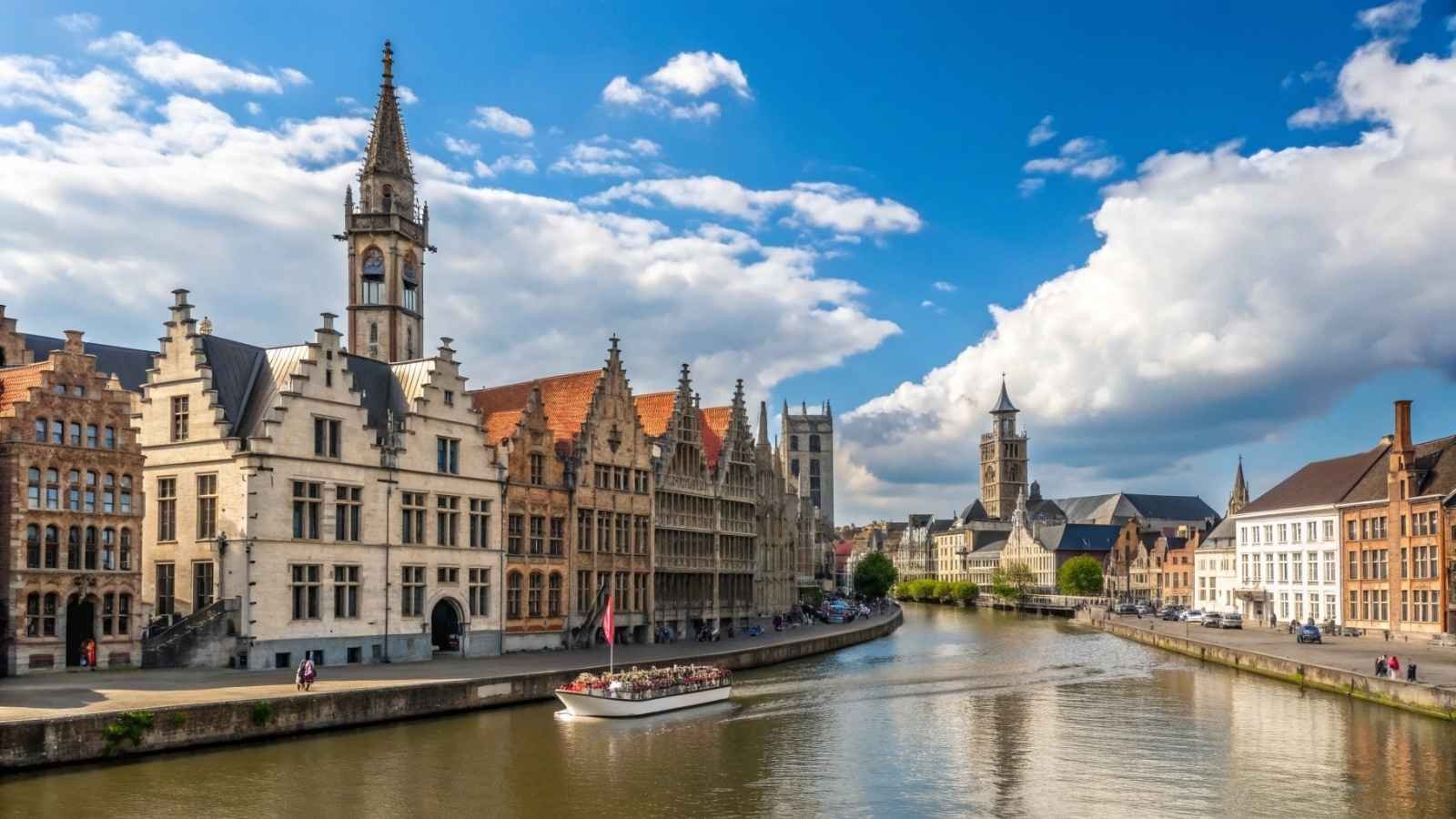
Ghent is like Bruges’ less touristy, more lived-in cousin. It has canals and medieval streets too, but with a more laid-back, creative energy. Students fill the cafes, locals crowd the markets, and there’s a good balance between history and modern life. This makes Ghent feel more approachable and less staged.
The food scene is strong, especially if you love comfort food with flair. Hearty stews, Belgian fries, and vegetarian options (Ghent is known as one of Europe’s vegetarian capitals) make eating here a treat. It’s also a great beer city, so you’ll never be short on options.
What really stands out is how Ghent comes alive at night. The city’s “light plan” illuminates buildings and waterways beautifully, making an evening walk almost mandatory.
Quick Details:
- Best months to visit: April to June, September to October (mild and vibrant)
- Known for: Gravensteen Castle, canals, art museums, lively student vibe
- Must-try foods: Waterzooi (stew), Belgian fries, Gentse neuzen (candy)
- Insider tip: Take a canal boat ride—the views are different from the water
8. Dresden, Germany
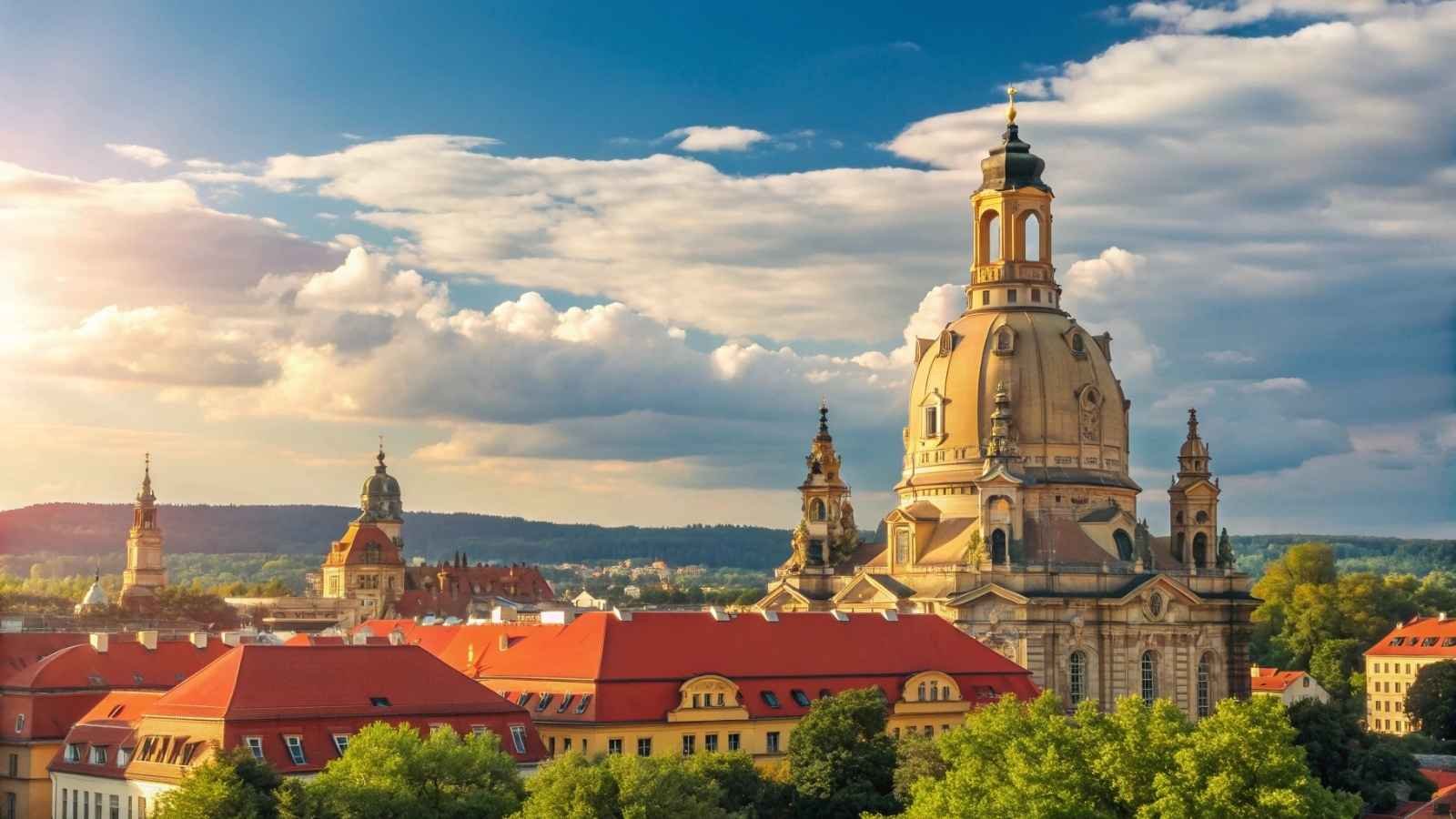
Dresden has a resilience that’s inspiring. Rebuilt after WWII, the city today is a showcase of stunning Baroque architecture, beautiful squares, and a thriving cultural scene. The Frauenkirche, rebuilt stone by stone, is reason enough to visit.
The food scene reflects both Saxon tradition and modern German cuisine. You’ll find hearty sausages, pretzels, and pastries, but also fine dining and international flavors. Prices are reasonable, and portions are generous.
Dresden’s riverside location adds to its appeal. The Elbe Valley is dotted with vineyards and castles, and it’s easy to combine sightseeing with scenic walks or boat trips.
Quick Details:
- Best months to visit: May to September (warm, great for riverside walks)
- Known for: Frauenkirche, Zwinger Palace, Elbe River, Christmas markets
- Must-try foods: Saxon potato soup, Eierschecke (cake), local wines
- Insider tip: Combine Dresden with a day trip to Saxon Switzerland National Park
9. Salzburg, Austria
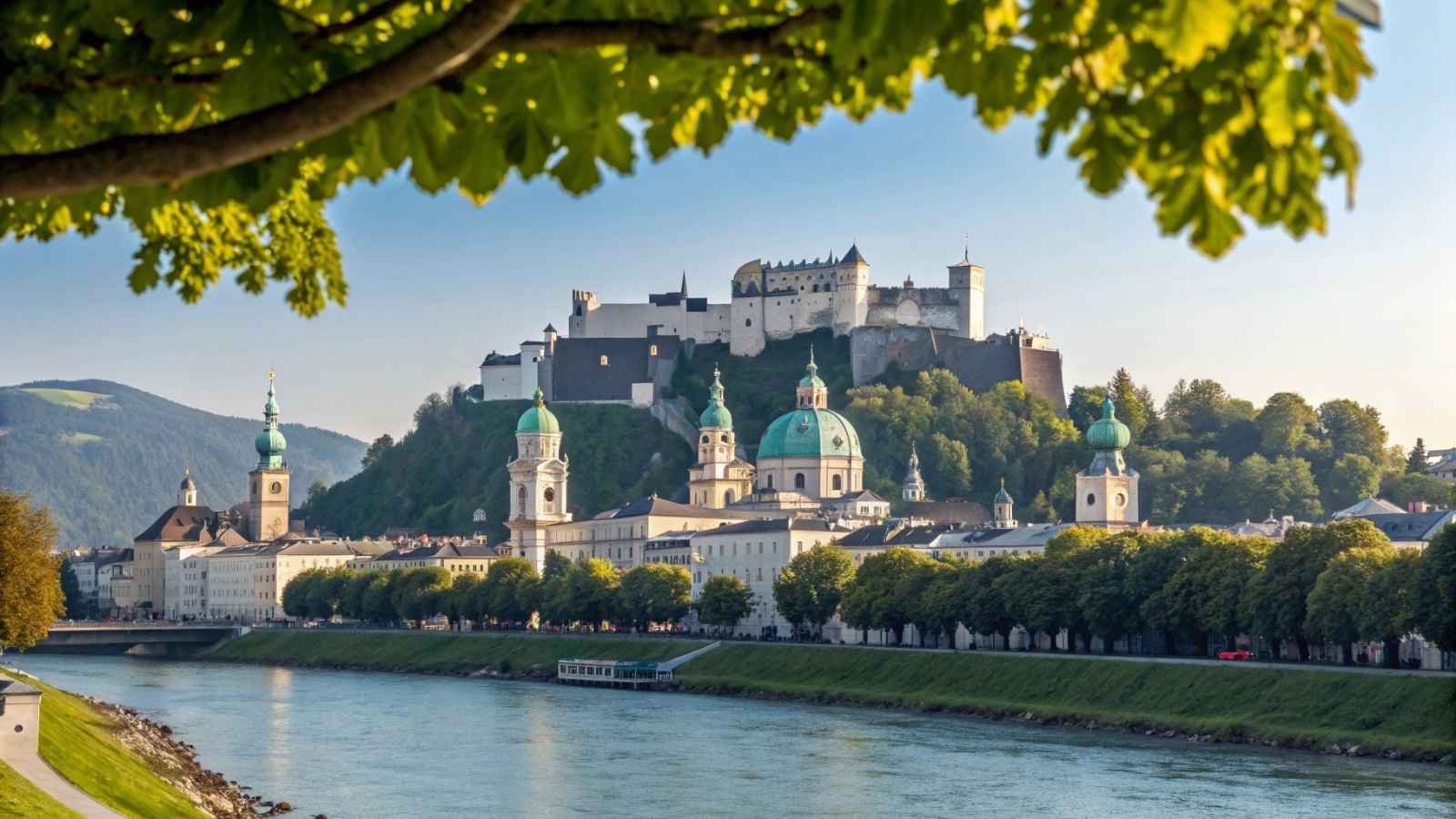
Salzburg charms you with music before anything else—it’s Mozart’s birthplace, after all. But beyond the musical heritage, it’s a city of spires, domes, and an old town that feels rich with history. The Hohensalzburg Fortress sits above it all, adding drama to the skyline.
Food in Salzburg is rooted in tradition, with plenty of strudels, dumplings, and hearty mountain dishes. Cafes here seem to slow time, perfect for resting after exploring narrow lanes and baroque squares.
Its size is part of the charm—it’s easy to see the highlights in a couple of days, but Salzburg leaves you wishing you stayed longer.
Quick Details:
- Best months to visit: April to October (mild and festive)
- Known for: Hohensalzburg Fortress, Mozart heritage, Sound of Music tours
- Must-try foods: Salzburger Nockerl (soufflé), schnitzel, pretzels
- Insider tip: Take a short trip to the nearby lakes and mountains for incredible views
10. Vilnius, Lithuania
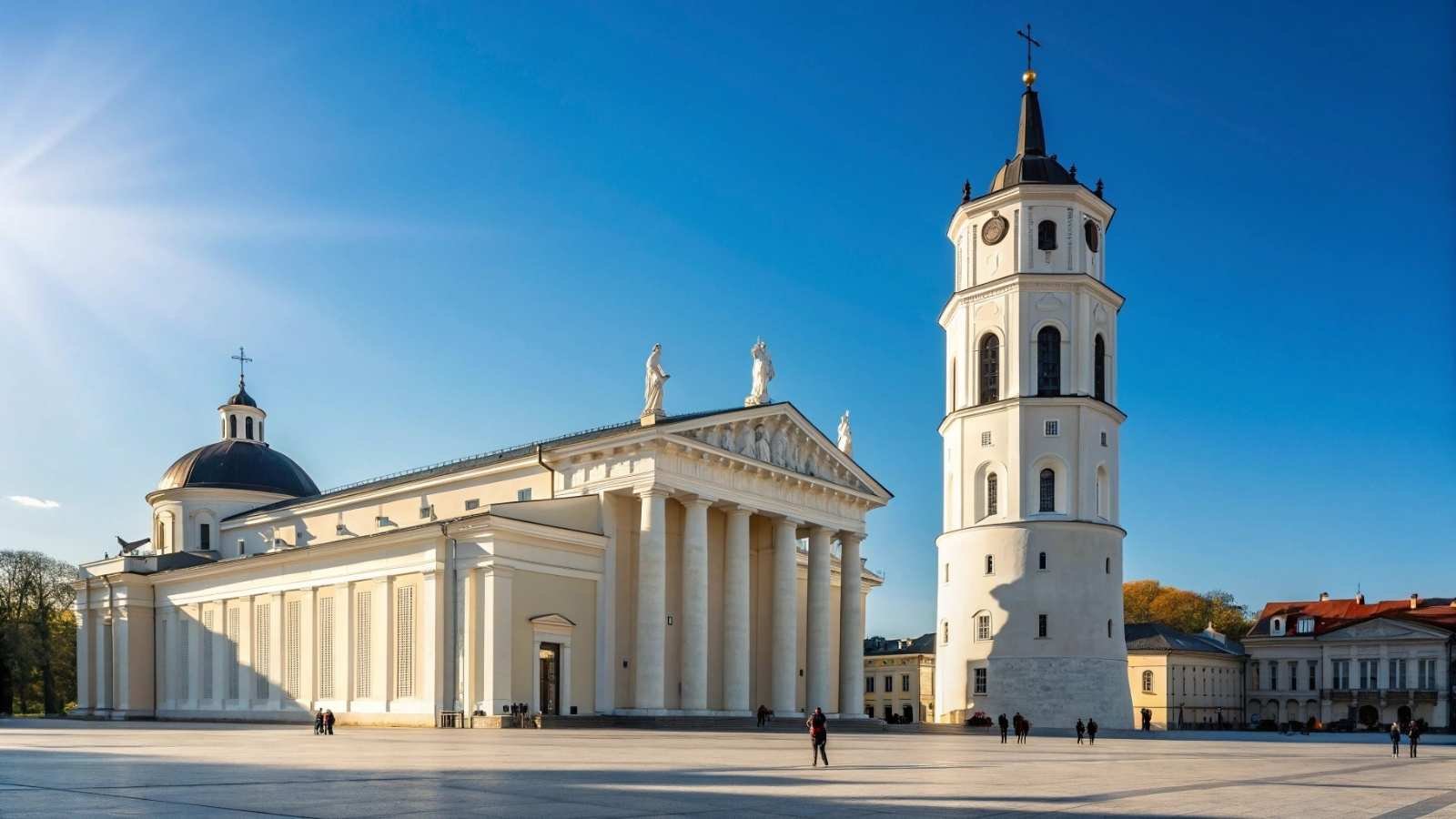
Vilnius has a way of surprising travelers who expect something quiet and find a mix of Gothic, Renaissance, and Baroque buildings with a modern creative edge. The old town is full of winding streets and hidden courtyards, while the Užupis district offers quirky art and café culture.
The food scene has evolved quickly—expect modern takes on Baltic cuisine alongside craft beer and coffee spots. It’s still affordable, which makes lingering over meals more enjoyable.
What makes Vilnius stand out is its warmth—both the atmosphere and the people. It’s a city that feels open and welcoming, not overcrowded or hurried.
Quick Details:
- Best months to visit: May to September (pleasant weather, outdoor festivals)
- Known for: Old Town, Gediminas Tower, Užupis Republic, baroque churches
- Must-try foods: Cepelinai (potato dumplings), cold beet soup, rye bread
- Insider tip: Spend some time in Užupis for its street art and playful spirit
11. Sibiu, Romania
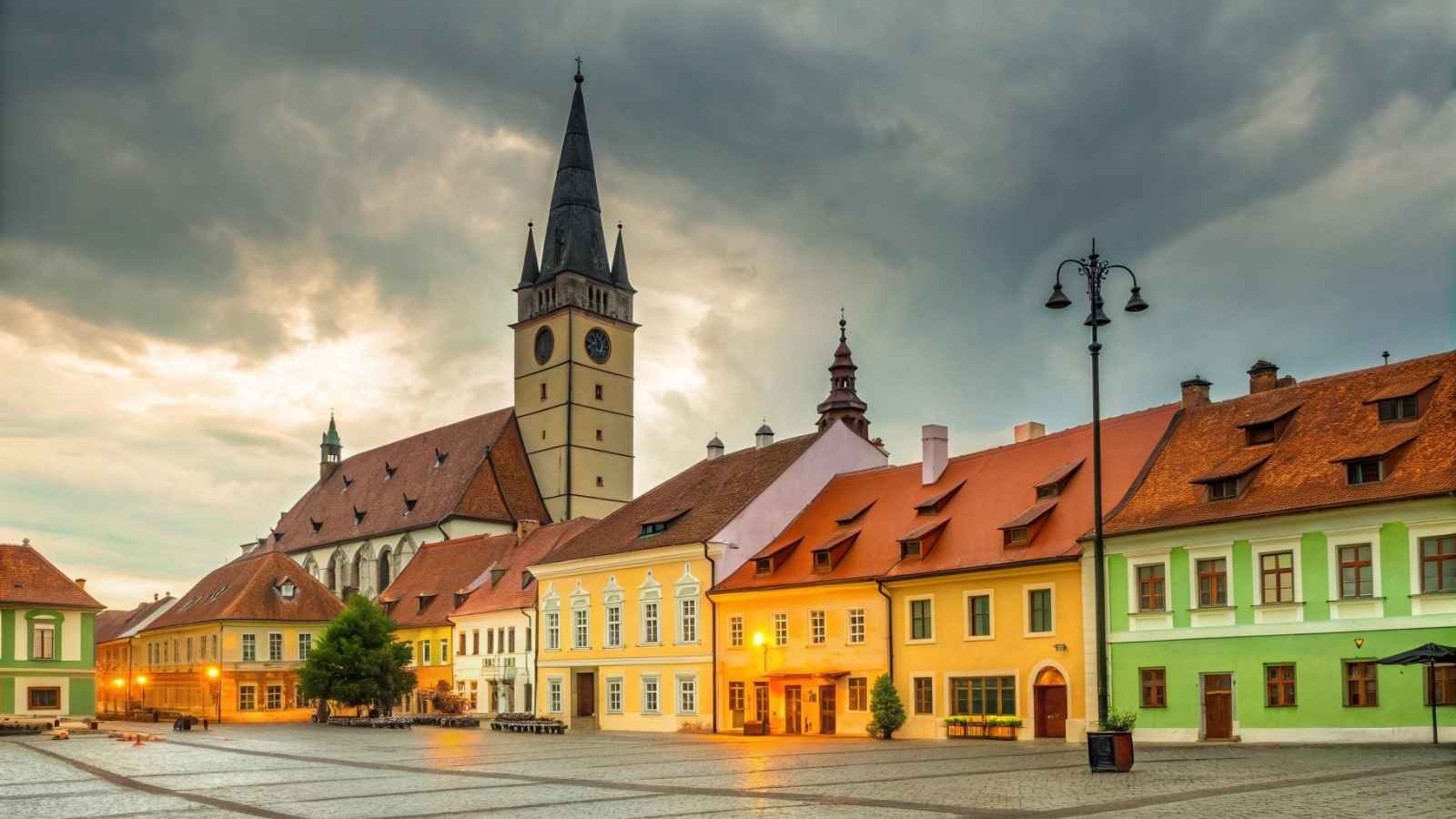
Sibiu has a way of surprising even seasoned travelers. Nestled in Transylvania, it’s a place where medieval walls, cobbled squares, and pastel-colored houses with “eyes” on their roofs make you stop and really look. The pace is slower here, which is a gift—it’s the kind of city that asks you to wander, pause, and soak up details you might miss elsewhere.
Food in Sibiu feels hearty and homegrown. Traditional Romanian dishes, such as sarmale (stuffed cabbage rolls) and soups, come with that unmistakable old-world generosity. And then there’s the market scene—cheeses, meats, and wines that feel rooted in the region’s history and pride. Prices are kind, too, making good meals easy to find without fuss.
What gives Sibiu extra charm is its sense of intimacy. Evening walks through the Lower Town, views from the Council Tower, and the quiet buzz of locals gathering in cafés give it a welcoming warmth. It’s not loud or flashy, but it’s quietly magnetic.
Quick Details:
- Best months to visit: May to September (pleasant and lively)
- Known for: Council Tower, Brukenthal Palace, Large and Small Squares
- Must-try foods: Sarmale, mici (grilled meat rolls), papanași (fried cheese dessert)
- Insider tip: Sibiu is a gateway to the Carpathians—consider a day trip into the mountains
12. Brno, Czech Republic
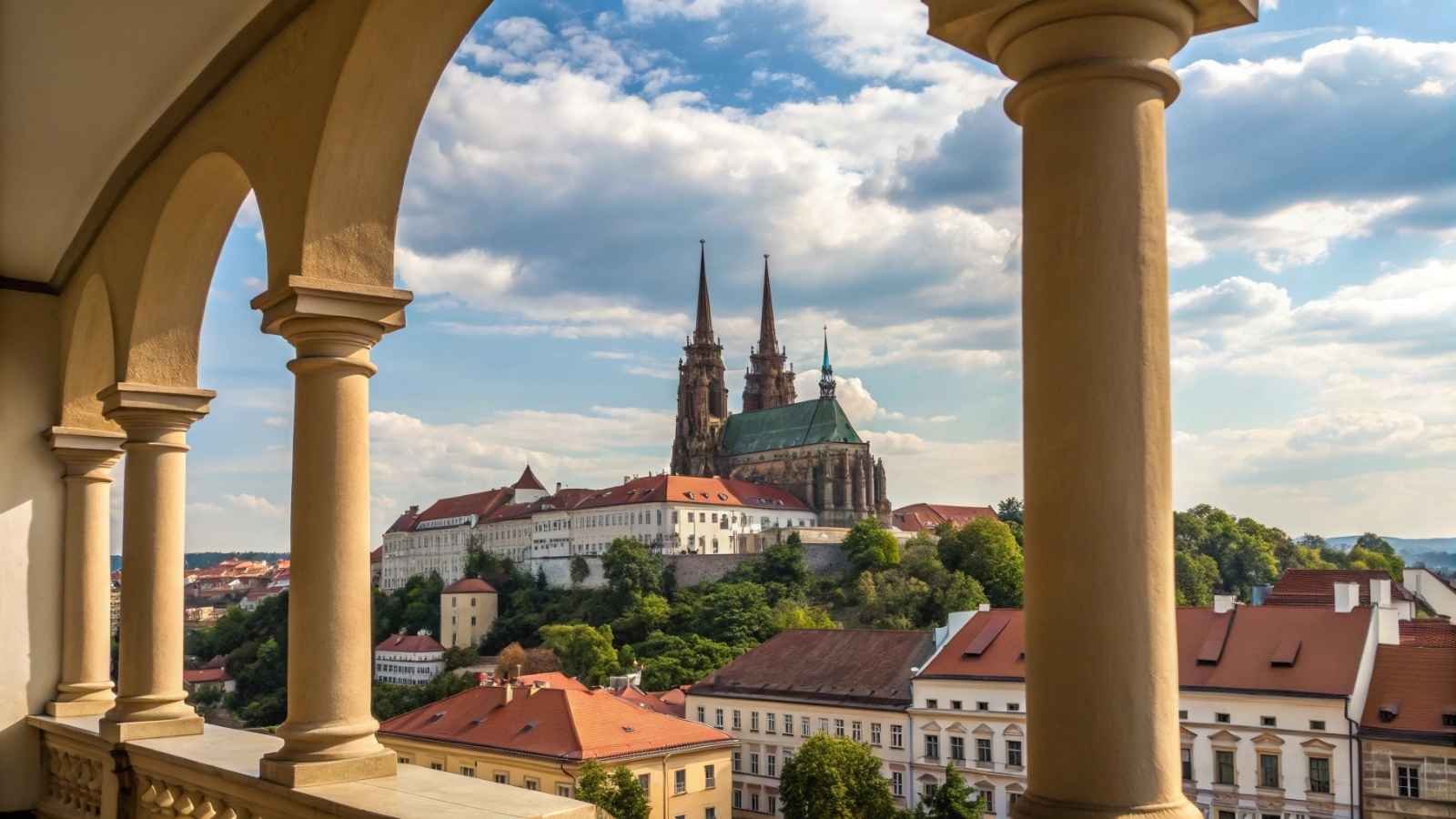
Brno doesn’t compete with Prague—it offers something different, and that’s the appeal. There’s a youthful energy here, a mix of Gothic cathedrals, quirky cafes, and a thriving underground bar scene that gives the city its edge. It’s less polished than the capital but far more relaxed, and that makes it feel authentic.
Food in Brno often feels like a little discovery each time. You’ll find Czech classics like svíčková (marinated beef) alongside craft coffee spots and microbreweries. Prices are fair, portions are generous, and the overall vibe leans friendly rather than tourist-driven.
What makes Brno stand out is its character—striking modernist buildings rub shoulders with centuries-old landmarks, and students keep the streets buzzing without tipping into chaos. It’s a city that stays interesting, especially if you like your travels sprinkled with the unexpected.
Quick Details:
- Best months to visit: April to June, September (mild weather, fewer crowds)
- Known for: Špilberk Castle, Cathedral of St. Peter and Paul, Villa Tugendhat
- Must-try foods: Svíčková, Moravian wines, trdelník (sweet pastry)
- Insider tip: Brno’s underground tunnels and cellars are worth exploring—they’re a local secret






